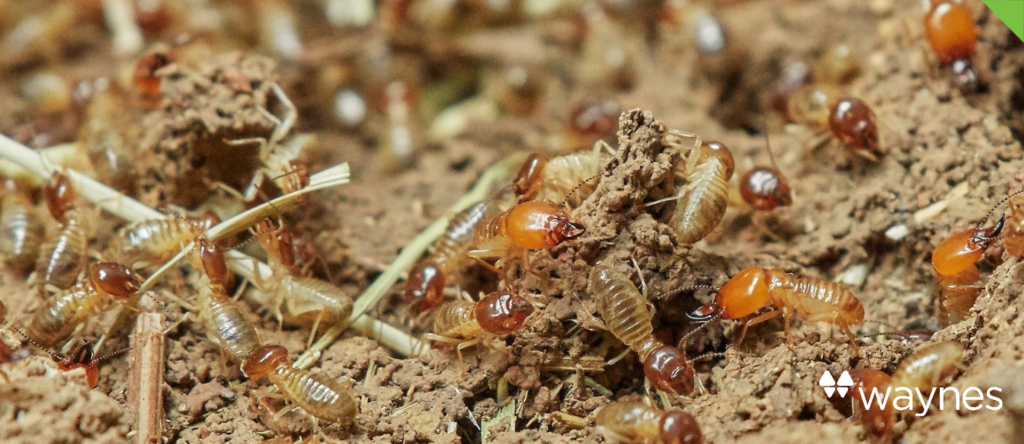Fertilizing and weed control are important parts of lawn care. Yet, both can be difficult to understand. Fear not, we’ll break each down, making the task of caring for your lawn all the easier.
Fertilizer
Fertilizer provides soil nutrients that need to be replenished periodically. This results in healthier soil that produces stronger plants more capable of fighting off diseases, insects, and weeds.
Just remember though, too much of a good thing can be a bad thing. Over-fertilizing your lawn can actually harm plants, as well as the environment. We recommend getting a soil test, so you’ll know what fertilizer to use and how much to add.
Weed Control
Weeds not only look unsightly, but they also rob the plants you’re growing of the nutrients, sunlight, and moisture they need. It’s critical to get weeds under control earlier as they can often grow and reproduce faster than many other plants.
Try weed-suppression treatments, including pre- and post-emergent treatments. However, as with fertilizers, it’s important to not use too much because over-application can do more harm than good.
When to Apply Fertilizer and Weed Control Products
When it comes to applying fertilizer, timing is VERY important. For the best results, apply your first round of fertilizer application in the spring, specifically by mid-April. Plan for the second application in mid-May. The last three applications should follow every six to eight weeks. Keep in mind fall applications are just as important as the spring.
Weed control in lawns is a step that needs to be taken well before weeds are spotted in your lawn. By applying a pre-emergent herbicide to the lawn before growing conditions, you can terminate weeds in the soil before they are visible. Apply pre-emergent herbicides in late February to early March to control crabgrass and other summer annual weeds. Another round of pre-emergent should be applied in mid-September through mid-October. This will help control poa annua, common henbit, and other winter annual weeds.
Additional DIY Tips
Be sure to water your lawn, preferably a day or two before a fertilizer application. Next, depending on the type of product you’re using, apply the fertilizer with a granular spreader or liquid applicator. Start by fertilizing the perimeter of your lawn first, then finish up in the middle.
If you plan on treating your lawn for weeds, wait a few days before mowing your grass after application. Also, it’s generally a good idea to water after application to help move the herbicide through the soil; just be careful to not over-water.
With both fertilizer and herbicides, ALWAYS follow the instructions on the label. Also, be sure to wear protective clothing!
Waynes Can Treat Your Lawn for You!
Fertilizing and weed control can be complicated and time-consuming, so we don’t blame you for not wanting to do it yourself. Would it make you feel better to know you don’t have to do it all on your own? Let Waynes do the work so all you have to do is enjoy a lush lawn this summer! Contact us or call us at 866.WAYNES1 to get started and we’ll handle the rest.









